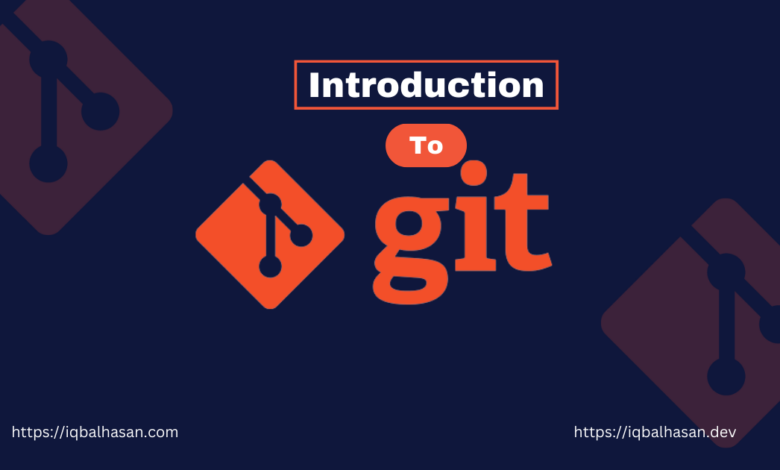Introduction to Git: The Ultimate Version Control System

In the ever-evolving world of software development, managing and tracking changes in your code is a fundamental necessity. That’s where Git, the ultimate version control system, comes into play. In this blog post, we will take you through the basics of Git and explore why it’s an indispensable tool for developers. Let’s dive into the world of version control and discover how Git can revolutionize your coding projects.
What is Git?
Git is a distributed version control system (VCS) created by Linus Torvalds in 2005. Its primary purpose is to help developers manage and keep a record of changes made to their code. Whether you’re coding solo or collaborating within a team, Git is your go-to tool for maintaining order and organization in your projects.
Why Git is Essential
- Version History: Git allows you to track every change made to your code, regardless of its size or complexity. This means you can pinpoint exactly what was added, modified, or removed at any given point in your project’s history.
- Effortless Collaboration: Git facilitates seamless teamwork by enabling multiple developers to work on the same project simultaneously. Conflicts are easily resolved, and code can be merged effortlessly.
- Backup and Recovery: Say goodbye to the fear of losing your work. Git enables you to store your codebase on a remote server, ensuring its safety and easy recovery, even in the face of hardware failures.
- Efficient Branching: Git lets you create branches for new features, bug fixes, or experimental changes without affecting the primary project. This structured development process keeps your work organized and your main codebase intact.
- Open Source Contribution: Git is a staple in the open-source community. By learning Git, you can contribute to open-source projects and collaborate with developers from all corners of the world
Getting Started with Git
Let’s kick things off with a brief guide on how to start using Git:
- Installation: First things first, you’ll need to install Git on your computer. You can easily download the latest version from the official Git website.
- Configuration: After installation, set up your identity within Git. This information is associated with your commits and helps maintain an accurate history of changes.
git config --global user.name "Your Name"git config --global user.email "[email protected]" - Creating a Repository: To start using Git in your project, navigate to your project directory in the terminal and initialize a Git repository:
git init - Adding and Committing Changes: After making modifications to your project, add them to the staging area and commit them with a descriptive message:
git add . git commit -m "Your commit message" - Creating and Managing Branches: For different features, bug fixes, or experiments, you can create branches:
git branch feature-branch git checkout feature-branch - Merging Changes: When a feature is ready, merge it back into the main project:
git checkout main git merge feature-branch - Remote Repositories: Collaborate with other developers by using remote repositories hosted on platforms such as GitHub, GitLab, or Bitbucket.
Conclusion
Git is a powerful and versatile tool that streamlines the development process. It ensures that you never lose track of changes in your code and simplifies collaboration. So, whether you’re a solo developer or part of a dynamic team, Git is your ultimate companion for code management. Begin your Git journey today, and discover the wonders it can do for your coding projects.
Happy coding! 😉
Love this & Best wishes,